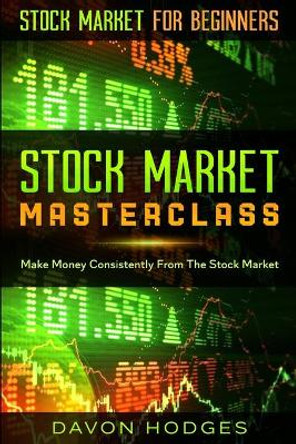Description
After summarising economists' views on stock market behavior from the classical period to the present day, the authors focus on two particular explanations of stock price fluctuations. They examine in detail the mainstream neo-classical theory with its emphasis on the efficient markets hypothesis. They then compare this with the theories of Veblen, Galbraith and Keynes who consider markets as being inherently prone to speculation and crisis, in contrast to the neo-classical approach which largely ignores the instability of stock markets and particularly the crashes that have recently occurred. The authors go on to develop a speculative model to account for stock market fluctuations which provides a useful and realistic explanation of how stock price expectations are formed.
This book will be welcomed by bankers, financial and monetary economists, historians of economic thought and all those interested in the causes of the recent market crashes.
About the Author
J. Patrick Raines, Dean and Professor of Economics, Belmont University, US and the late Charles G. Leathers, formerly Professor of Economics, University of Alabama, US
Reviews
'This book provides a welcome and sobering counterpoint to the increasingly popular view that stocks are the safest asset for the long run investor, by demonstrating the challenge to the dominant rational markets paradigm that is posed by behavioral and speculative theories of asset markets.' -- Michael J. Brennan, University of California, Los Angeles, US
Book Information
ISBN 9781858985640
Author J. P. Raines
Format Hardback
Page Count 192
Imprint Edward Elgar Publishing Ltd
Publisher Edward Elgar Publishing Ltd








